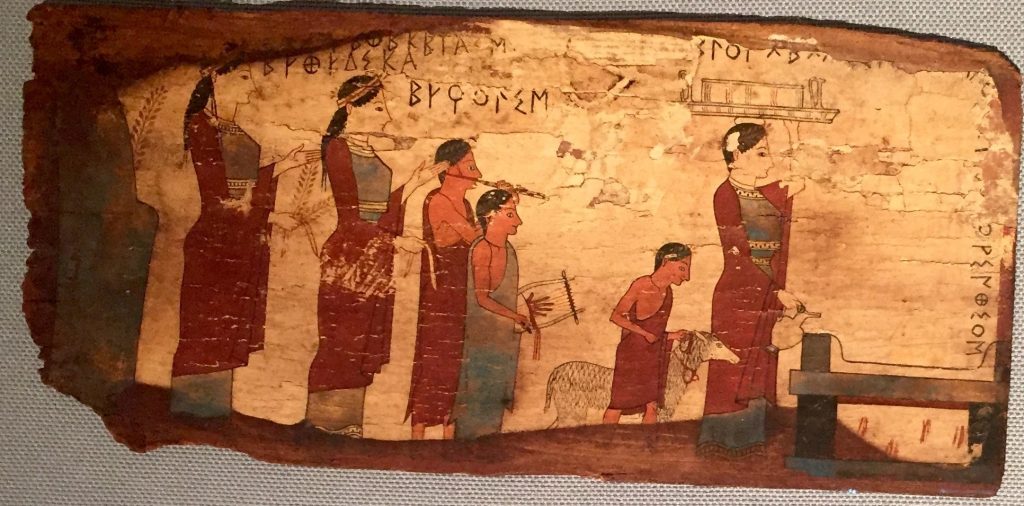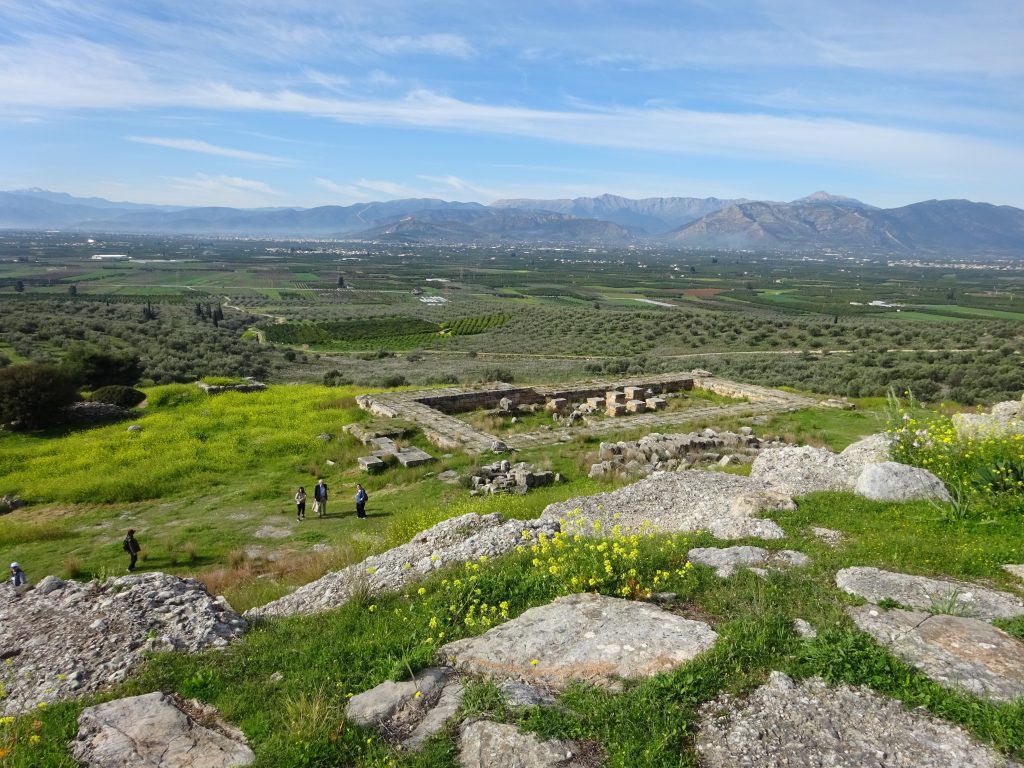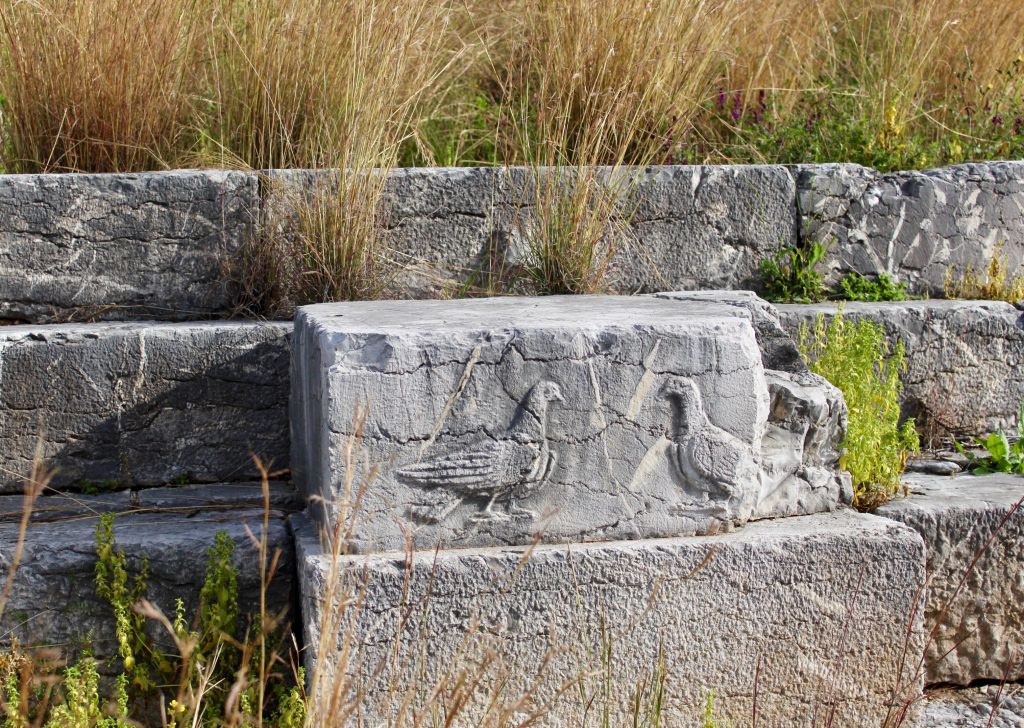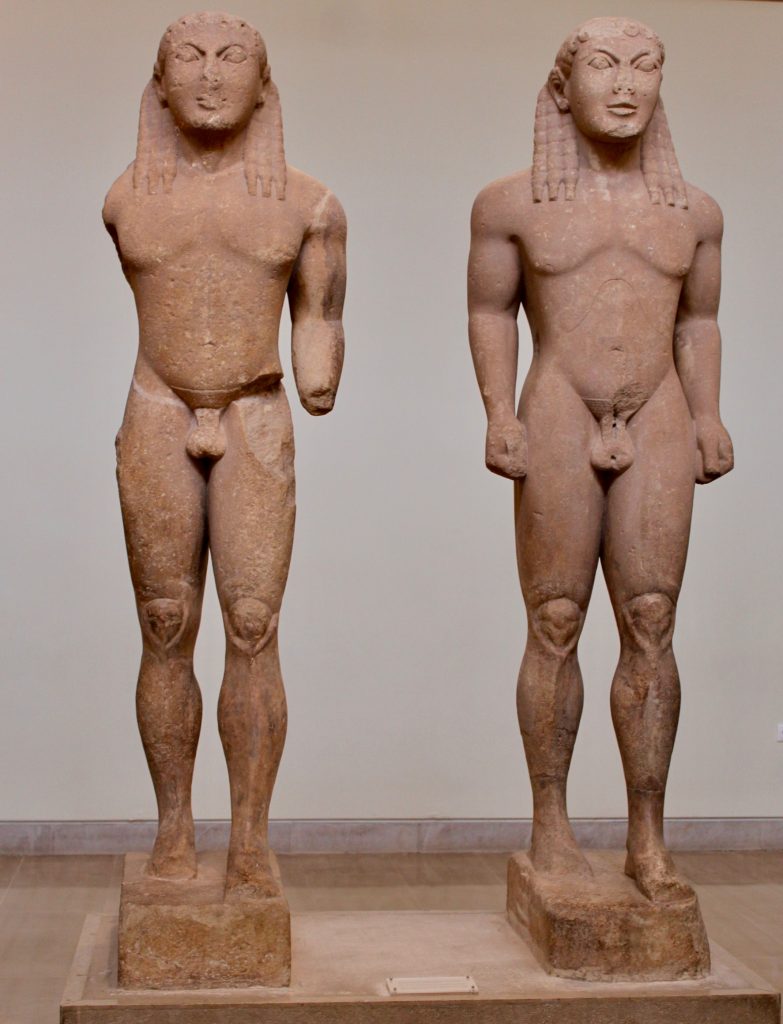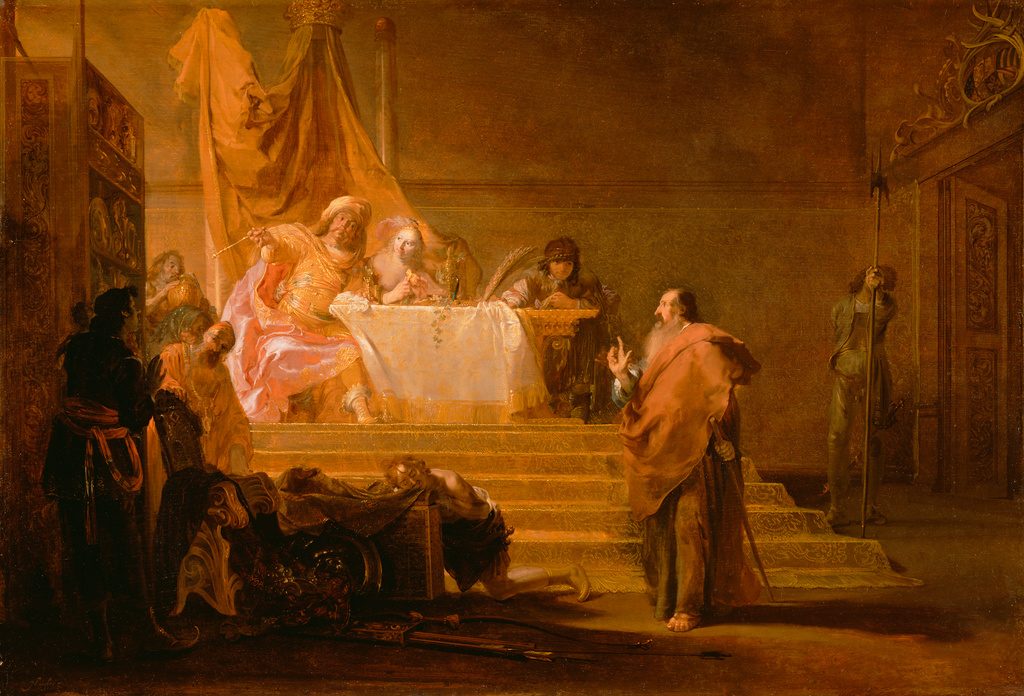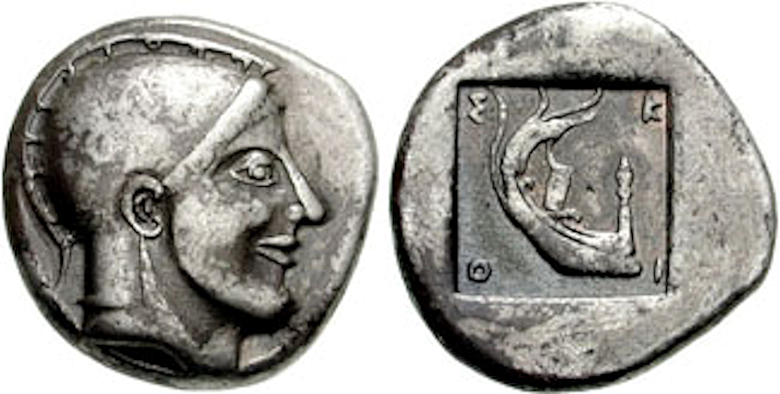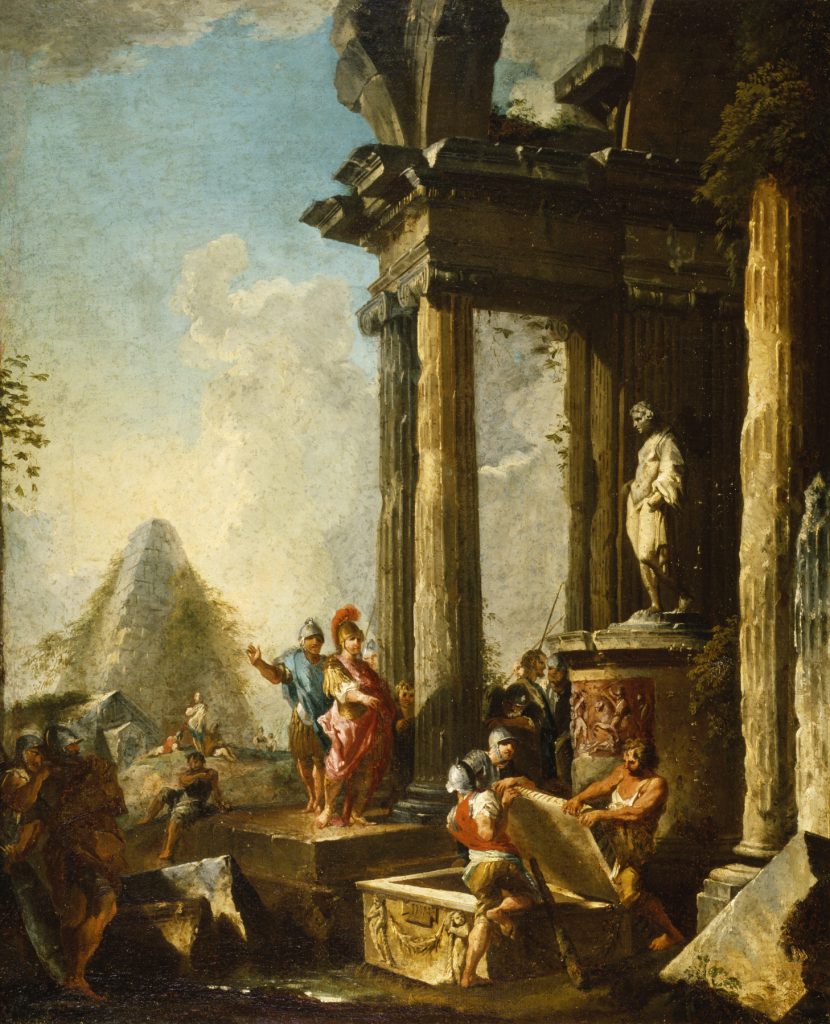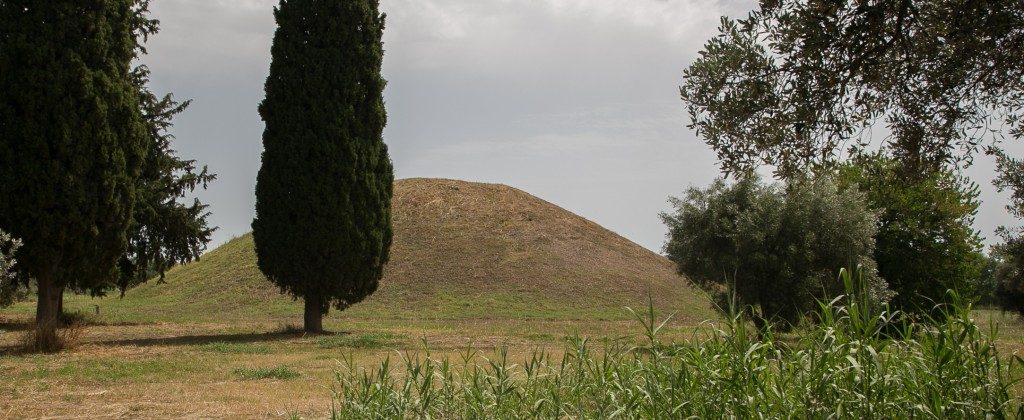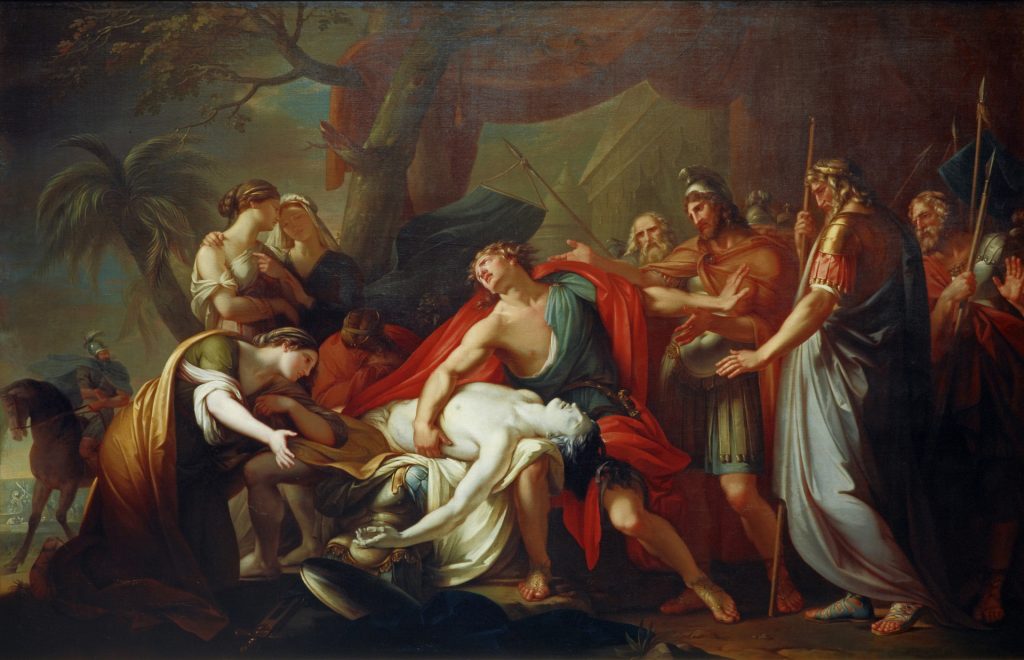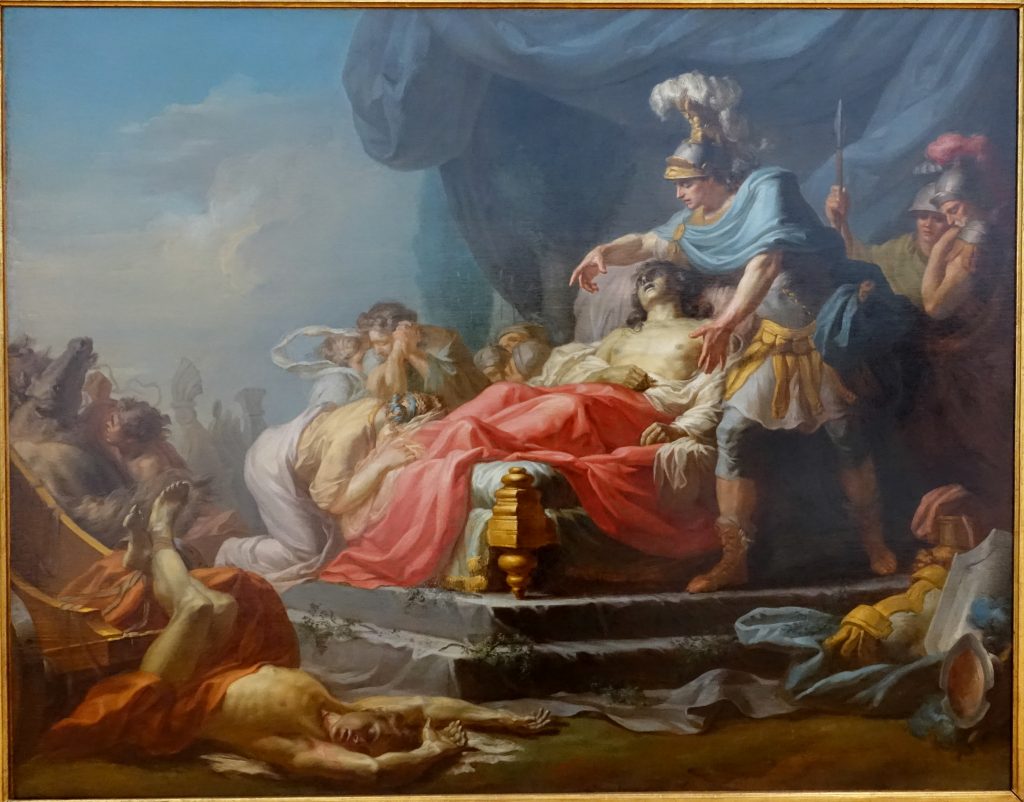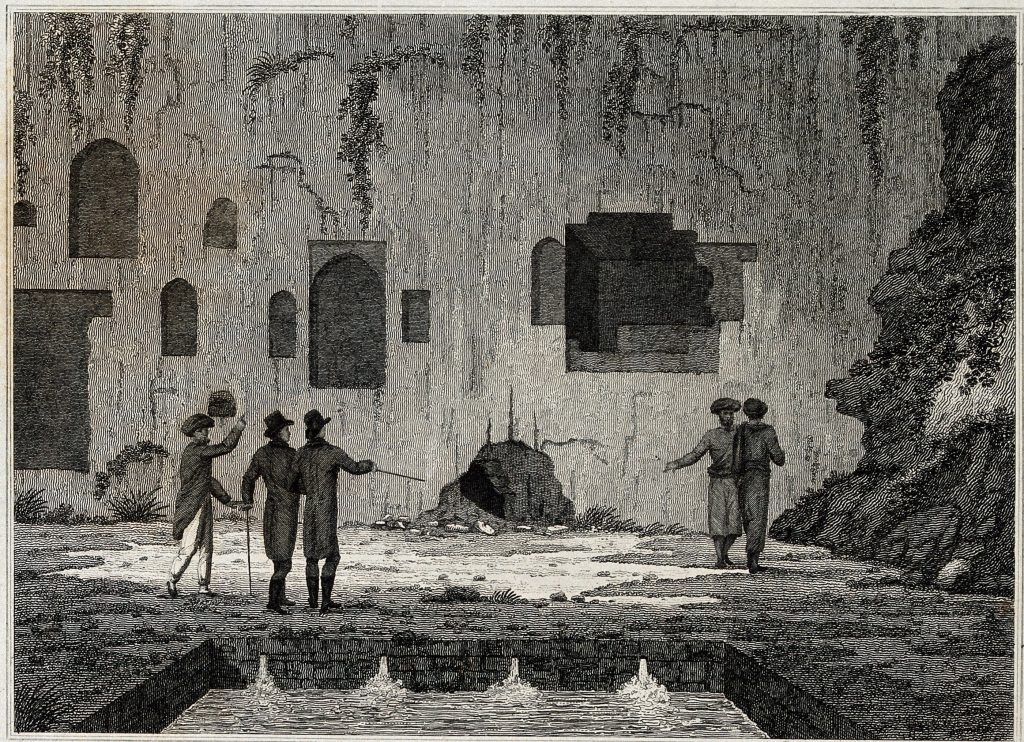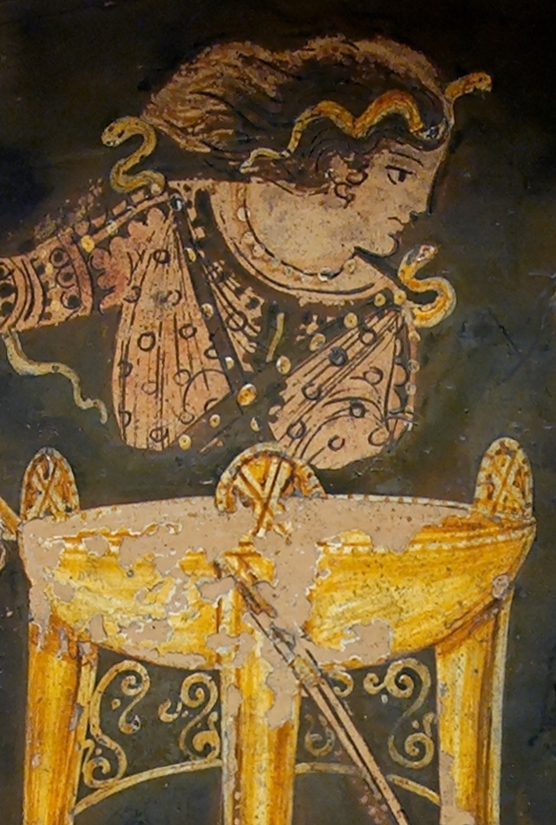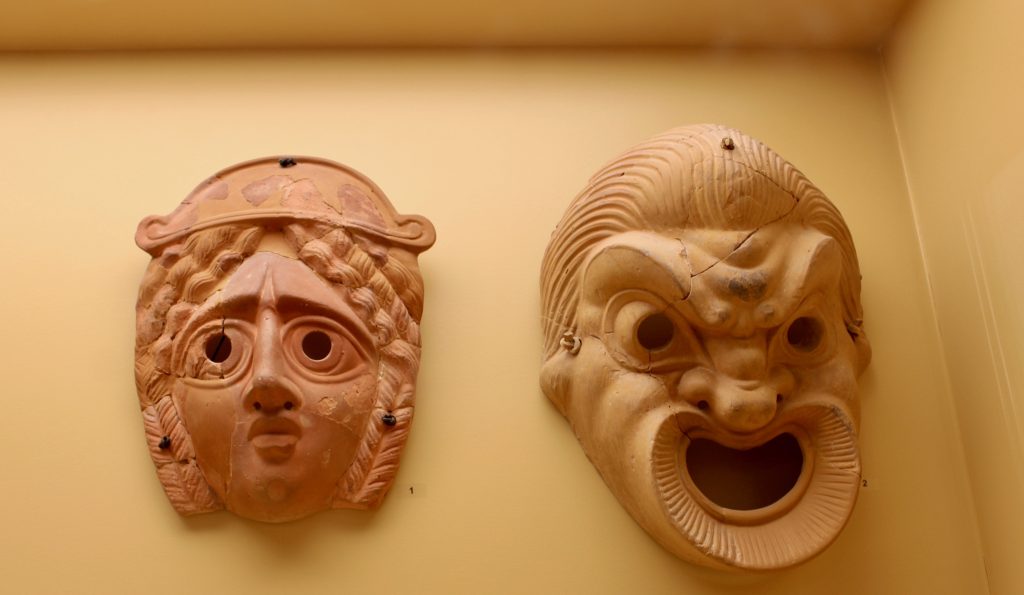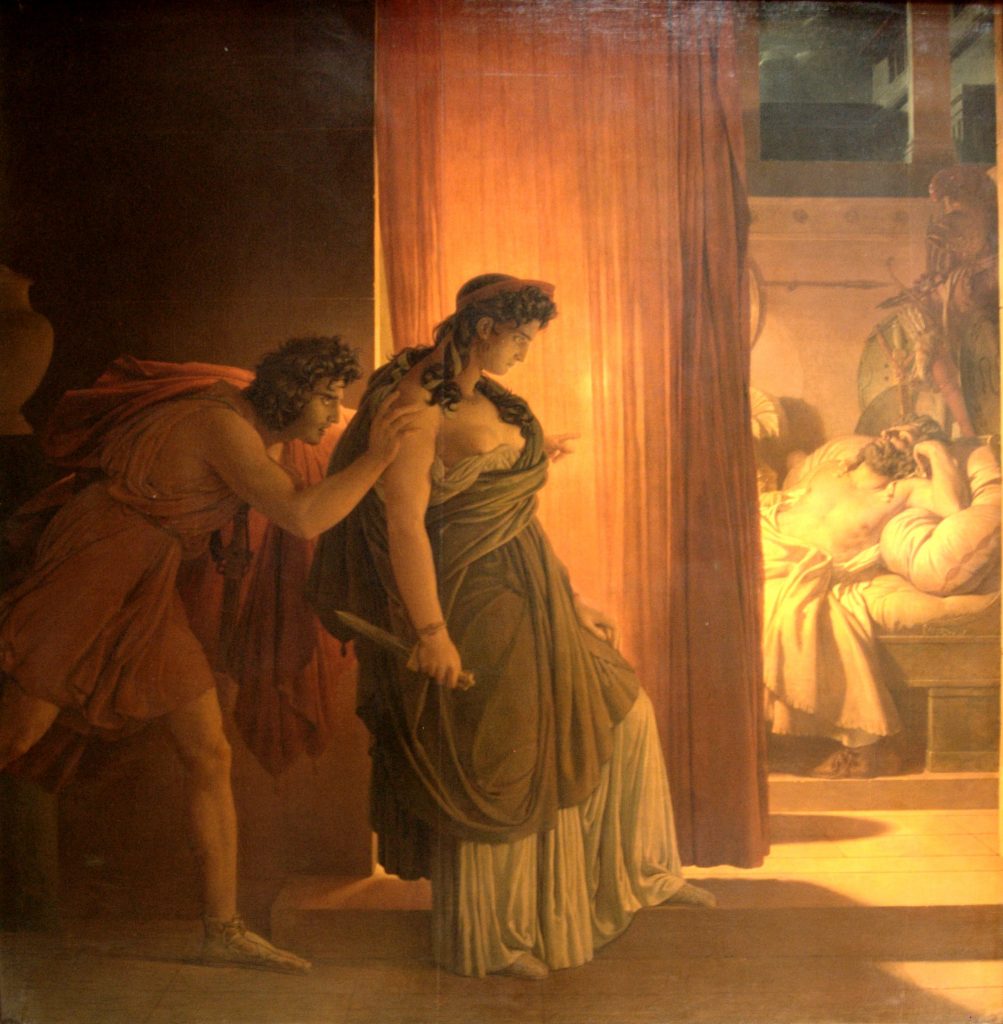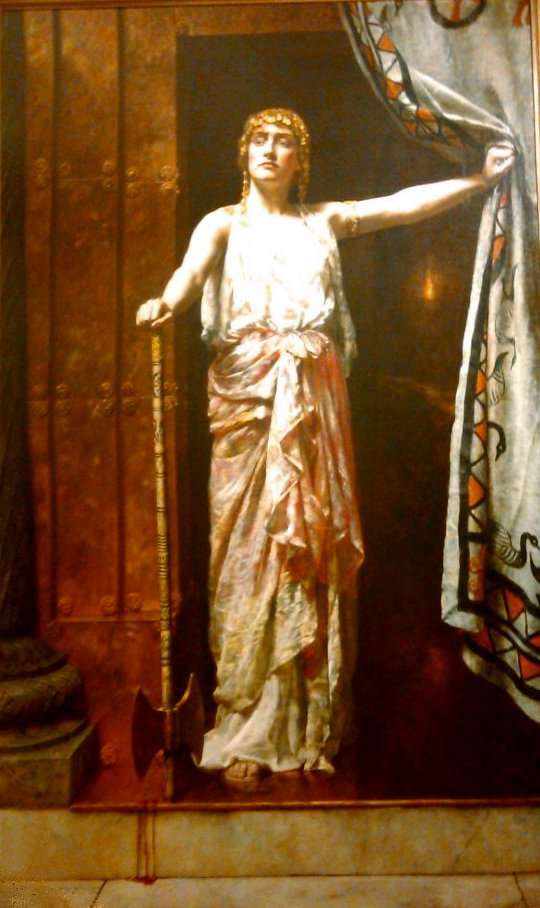The Ancient Greek Hero in 24 Hours[1]
is based on a course that Professor Gregory Nagy has been teaching at Harvard University since the late 1970s.
The book discusses selected readings of texts, all translated from the original Greek into English. The texts include the Homeric Iliad and Odyssey; selected Homeric Hymns; the Hesiodic Theogony and Works and Days; selected songs of Sappho and Pindar; selections from the Histories of Herodotus; the Agamemnon, Libation Bearers, and Eumenides of Aeschylus; the Oedipus Tyrannus and Oedipus at Colonus of Sophocles; the Hippolytus and Bacchae of Euripides; and the Apology and Phaedo of Plato. Also included are selections from Pausanias and Philostratus. It is divided into 24 chapters, 24 Hours, each exploring one or several topics.
This series of galleries attempts to illustrate each Hour with visual art. We will have 6 galleries corresponding to 4 hours each. This fourth gallery covers Hours 13–16.
For Gallery 1 see here, for Gallery 2 see here, and for Gallery 3 see here.
Image credits
Wooden Plaque, Procession to an altar to sacrifice a lamb, c540–530 BCE National Archaeological Museum of Athens
Photo: Kosmos Society
Heraion and Plain of Argos
Photo: Kosmos Society
Heraion
Photo: Kosmos Society
Kleobis and Biton, Archaeological Museum Delphi
Photo: Kosmos Society
Knüpfer, Nikolaus: Solon before Croesus, c 1650–1652, Dutch. Getty Center.
Digital image courtesy of the Getty’s Open Content Program.
Coin of Protesilaos + stern of galley Classical Numismatic Group, Inc. http://www.cngcoins.com
Creative Commons Attribution-Share Alike 3.0 Unported license.
Panini, Giovanni Paolo: Alexander the Great at the Tomb of Achilles, c. 1718–1719. Italian. The Walters Art Museum.
Creative Commons CC0 license.
Tumulus at Marathon
Photo: Kosmos Society
Hamilton, Gavin: Achilles Lamenting the Death of Patroclus. Out of copyright.
Photographer: Antonia Reeve. National Galleries of Scotland.
Taillason, Jean Joseph. Achilles Displaying the Body of Hector at the Feet of Patroclus. Krannert Art Museum
Photo: Daderot Creative Commons CC0 1.0 Universal Public Domain Dedication. via Wikimedia Commons
Etching by Elizabeth Byrne, 1813, after E.D. Clarke. The cave of Trophonius in Livadeia, Greece. Wellcome Collection
Creative Commons CC BY 4.0
Serpent column at Delphi
Photo: Kosmos Society
Delphi
Photo: Kosmos Society
Python Painter: Delphic tripod, Paestan red-figured bell-krater, c 330 BCE. British Museum.
Photo: Jastrow, public domain, via Wikimedia Commons
Theater of Epidaurus
Photo: Kosmos Society
Terracotta Masks c200–250 CE, Agora Museum, Athens
Photo: Kosmos Society
Pierre-Narcisse Guérin: Clytemnestra hesitates before killing the sleeping Agamemnon. On the left, Aegisthus urges her on. 1817 Louvre.
Photo: Bibi Saint-Pol, public domain, via Wikimedia Commons
Collier, John: Clytemnestra. 1882 Guildhall Art Gallery, London
Photo: Kosmos Society
Note: Images have been selected from pictures that are freely available with open source or Creative Commons licenses, or (attributed to “Kosmos Society”) from photographs sent in by community members for the purpose, used with permission. The images in this post are intended to suggest the subject, rather than illustrate exactly—as such, they may be from other periods, subjects, or cultures. Attributions are based where possible by those shown by museums, or on Wikimedia Commons or Flickr, at the time of publication on this website.
Images accessed June 2019.
[1] Nagy, Gregory. 2013. The Ancient Greek Hero in 24 Hours. Harvard University Press, Cambridge, MA: 2013. Available online at CHS.
https://nrs.harvard.edu/urn-3:hul.ebook:CHS_NagyG.The_Ancient_Greek_Hero_in_24_Hours.2013
____
Hélène Emeriaud, Janet Ozsolak, and Sarah Scott are members of the Kosmos Society.
